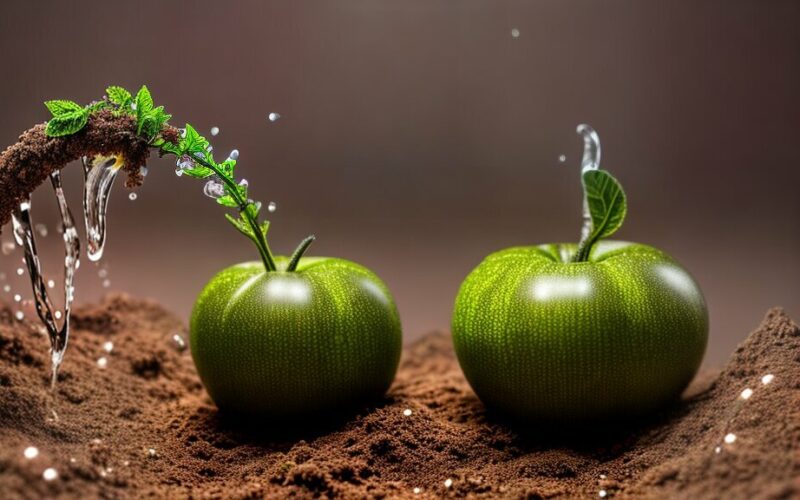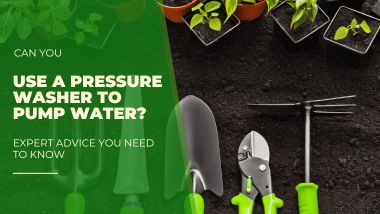If you’re looking to grow a thriving tomato garden, watering is a key component of success. But do you know how long to run your soaker hose for optimal results?
In this article, we’ll provide expert tips and timing recommendations for watering tomatoes with a soaker hose, ensuring your plants receive the hydration they need to flourish.
Key Takeaways:
- Proper watering is crucial for tomato plant success
- A soaker hose is an efficient way to deliver consistent moisture to your plants
- Determining the optimal time and duration of watering with a soaker hose requires careful consideration of various factors, including temperature, humidity, plant growth stage, and soil type
- Expert tips can help you achieve watering success and avoid common issues, such as over or under-watering
Understanding Soaker Hose Irrigation
Watering your tomato plants properly is crucial to ensure their healthy growth and optimal yields. Using a soaker hose is one of the most efficient and effective methods of irrigation for tomatoes. But, before we discuss how long to run a soaker hose for tomatoes, let’s first delve into the basics of soaker hose irrigation.
A soaker hose is a porous hose that allows water to seep through its surface at a slow and steady rate. It is designed to deliver water directly to the base of the plant, where it can easily reach the roots without wastage or runoff. Unlike traditional sprinklers, which can waste water due to evaporation, wind, and overspray, soaker hoses deliver water directly to the soil, where it is needed the most.
Soaker hose irrigation is an efficient way of delivering water to your tomato plants as it reduces water loss and minimizes weed growth. The slow and consistent watering provided by soaker hoses also helps to prevent soil erosion and compaction, which can affect plant growth and root development.
Using a soaker hose for tomato irrigation is also easy and cost-effective. You can easily connect the soaker hose to a regular garden hose and turn on the water at a low pressure. It is recommended to use a timer to regulate the watering duration and prevent over or under-watering of your plants.
So, now that you know the basics of soaker hose irrigation, let’s move on to determining how long to run a soaker hose for tomatoes, which we will discuss in the next section.
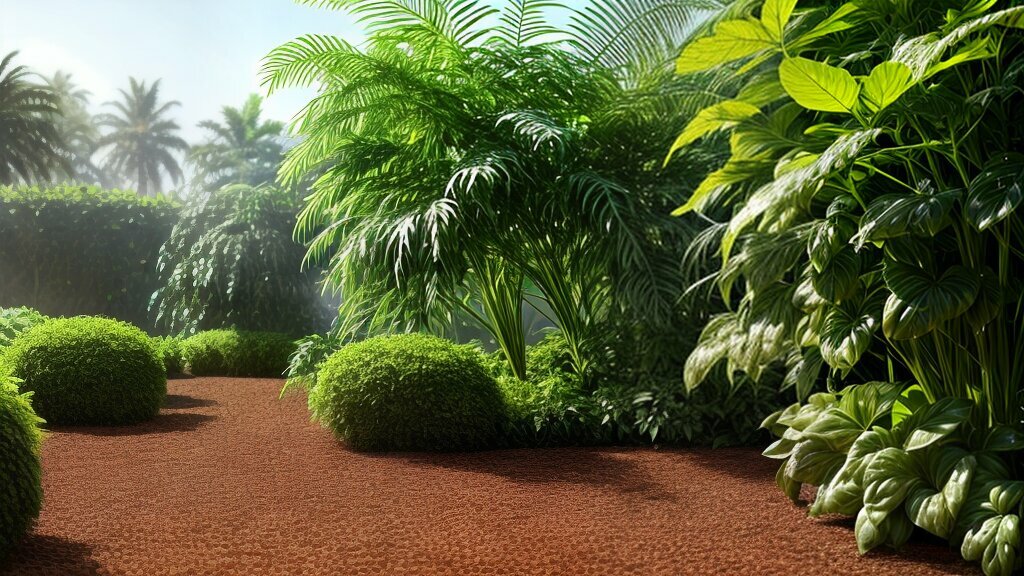
Determining the Optimal Time for Soaker Hose Irrigation
The optimal time for soaker hose irrigation depends on several factors that affect the growth and development of tomato plants. One of the most critical considerations is the time of day when you water your plants.
Experts recommend watering tomatoes with a soaker hose in the early morning, between 6-10 a.m. During this time, the weather is usually cooler, and the plants have enough time to absorb the moisture before the sun gets too intense. If you water plants later in the day, water can evaporate before it reaches the roots, potentially leading to under-watering.
Temperature and humidity also play a crucial role in watering your tomato plants. If the weather is hot and dry, you may need to water more frequently, while high humidity may reduce the frequency of watering. A general rule of thumb is to water your plants once or twice a week, depending on weather conditions and the stage of growth.
When using a soaker hose, it is recommended to water your tomato plants for 45-60 minutes at a time. However, this may vary depending on your soil type, plant size, and weather conditions. If you are unsure how much water your tomato plants need, you can use a soil moisture meter or conduct a simple soil test to determine the optimal watering duration.
Keep in mind that over-watering can be just as harmful as under-watering. Too much water can lead to root rot and fungal diseases, which can be devastating to your tomato crop. Therefore, it is crucial to monitor your plants regularly and adjust your watering schedule accordingly.
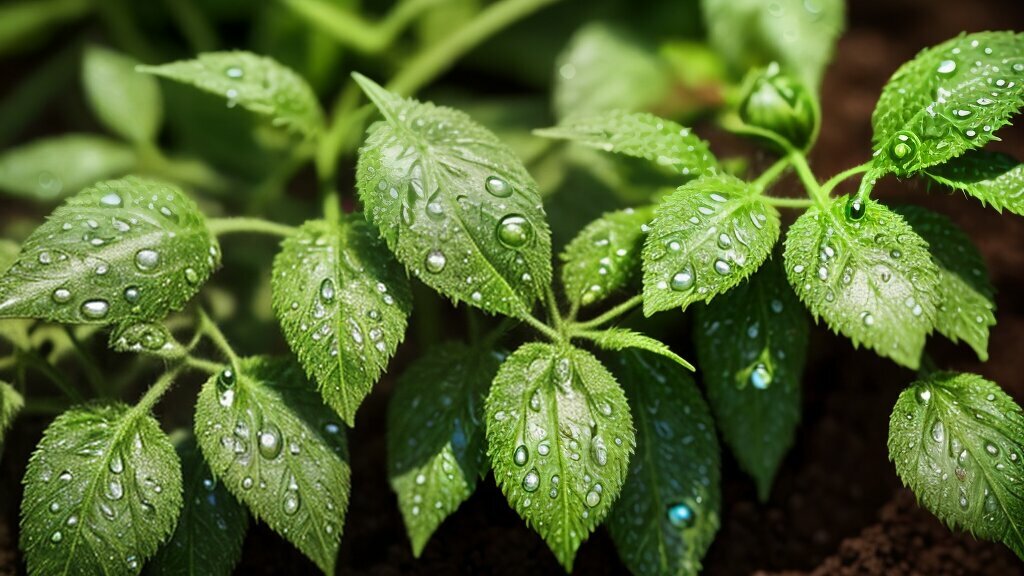
Timing Guidelines for Soaker Hose on Tomato Crops
Watering frequency and duration for tomato plants vary depending on the growth stage. During the seedling stage, ensure the soil stays consistently moist, but not waterlogged. This can be achieved by watering every 1-2 days for approximately 5-10 minutes.
As the plant enters the vegetative stage, increase the duration to 15-20 minutes per watering, but reduce the frequency to every 2-3 days. During the flowering stage, tomato plants require more moisture, so water every 1-2 days for 20-30 minutes per session.
During the fruiting stage, tomato plants need even more water, especially during hot and dry weather. Water every 1-2 days for 30-45 minutes per session, depending on the weather conditions. Adjust the watering schedule based on the level of soil moisture and the weather forecast.
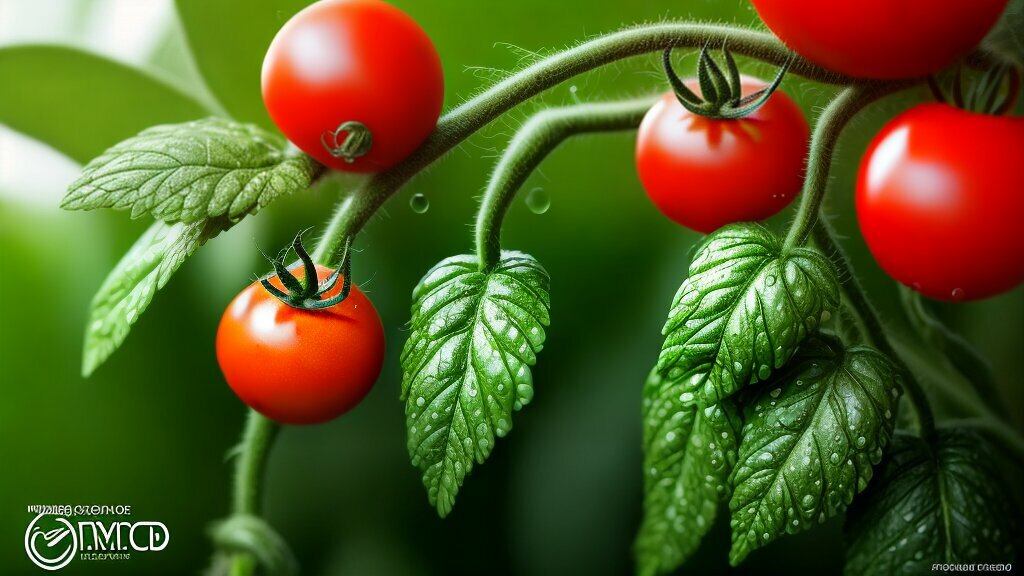
Remember to avoid overwatering, as it can lead to root rot and other plant diseases. To prevent this, monitor the soil moisture level regularly, and adjust your watering schedule accordingly. Too little water can cause the fruit to crack, so make sure the soil stays consistently moist but not waterlogged. Implementing these timing guidelines for soaker hose on tomato crops will ensure healthy growth and juicy, delicious fruits.
Efficient Watering Duration for Soaker Hose on Tomatoes
One of the main benefits of using a soaker hose is that it delivers water efficiently to the roots of your tomato plants. However, it’s important to understand that the optimal watering duration can vary depending on several factors.
First, consider the soil type. Sandy soils drain more quickly and may require more frequent watering than clay soils, which retain water for longer periods. Next, think about the size of your plants. Younger, smaller plants need less water than mature, fruit-bearing plants.
Weather conditions also play a role. On hot, dry days, your plants may require additional water to prevent wilting. On cooler, humid days, less water may be necessary as the soil retains moisture better.
As a general guideline, aim to run your soaker hose for 30-60 minutes, two to three times per week. However, it’s important to monitor soil moisture regularly and adjust your watering schedule as needed.
One way to check soil moisture is to use a moisture meter or simply dig a small hole about six inches deep near your plants. If the soil is dry at this depth, it’s time to water. If it’s still moist, you can wait a bit longer before watering again.
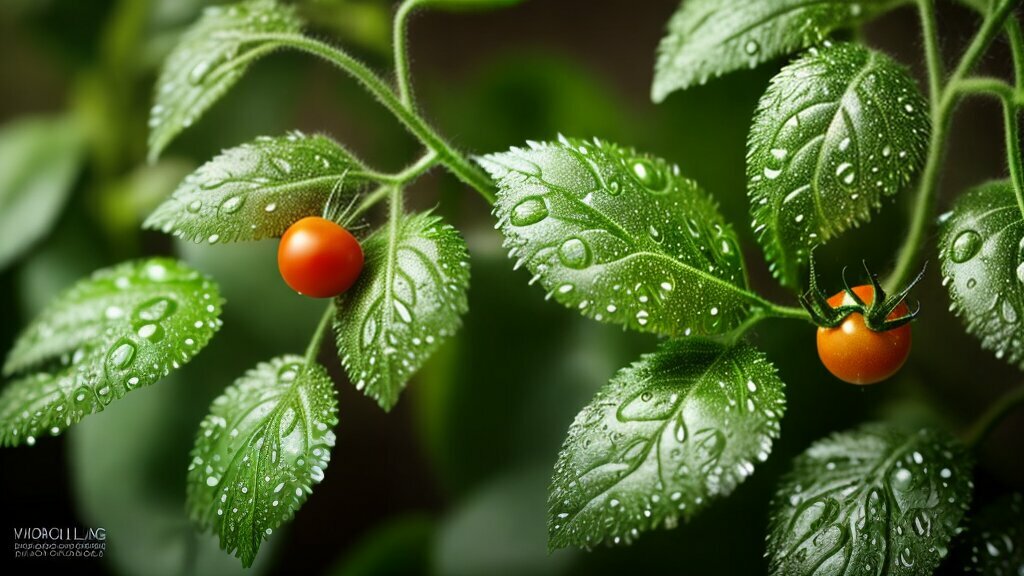
Remember, overwatering can be just as harmful as underwatering, so be mindful of how much water your plants are receiving. With proper monitoring and adjustments, you can ensure that your tomato plants thrive with the efficient watering provided by a soaker hose.
Ideal Timeframe for Applying Soaker Hose to Tomato Plants
Knowing when to start and stop watering with a soaker hose is crucial for the proper growth and development of your tomato plants. Here is a comprehensive watering schedule for using a soaker hose on tomato crops:
| Stage of Growth | Frequency of Watering | Duration of Watering |
|---|---|---|
| Seedling Stage | Every 2-3 days | 20-30 minutes |
| Vegetative Stage | Every 3-5 days | 30-60 minutes |
| Flowering Stage | Every 5-7 days | 60-90 minutes |
| Fruiting Stage | Every 7-10 days | 90-120 minutes |
Keep in mind that these are general guidelines and may vary depending on factors such as soil type, weather conditions, and plant size. It is essential to monitor the soil moisture levels regularly to adjust the watering schedule accordingly.
After transplanting, wait a few days before starting to water with a soaker hose. Once the plants have established roots and begun to grow, gradually increase the watering frequency and duration as they enter the vegetative stage. In the flowering and fruiting stages, be careful not to over-water, as this may cause the fruits to split.
As harvest time approaches, gradually decrease the watering frequency and duration to avoid excessive moisture in the fruits. Remember to adjust the watering schedule based on weather conditions, such as rainfall or drought.
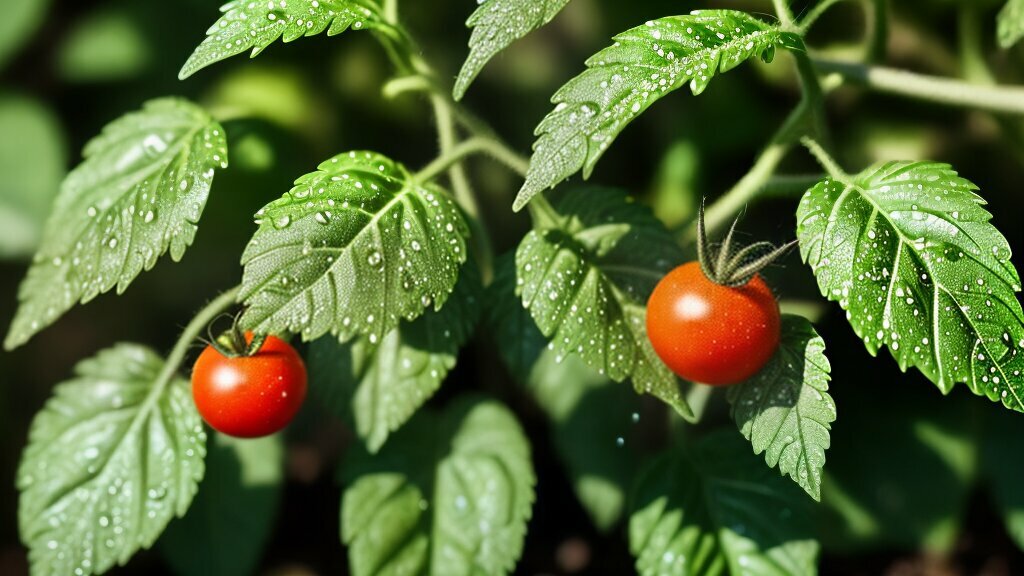
By following these timing guidelines for using a soaker hose on your tomato plants, you can ensure proper hydration and a bountiful harvest.
Expert Tips for Soaker Hose Watering Success
If you want to achieve success with soaker hose watering for your tomato plants, there are several tips you should follow. These tips will help you ensure proper installation and maintenance of the soaker hose, monitor soil moisture levels, and adjust watering as the plant grows.
Proper Installation and Maintenance
First and foremost, it is essential to install your soaker hose correctly to ensure efficient water delivery. Be sure to lay the hose flat on the soil surface, avoiding any kinks or twists that may block water flow. Cover the hose with a layer of mulch to help retain moisture in the soil.
Check the soaker hose periodically for leaks or blockages that may reduce water flow. If you notice any problems, make repairs as soon as possible to prevent further damage to your plants.
Monitoring Soil Moisture
It is crucial to monitor soil moisture levels to avoid under or over-watering your tomato plants. Use a moisture meter or simply stick your finger into the soil to check for moisture content.
Water your tomato plants when the soil feels dry to the touch, but avoid watering too frequently, as this can lead to root rot and other problems. Aim for consistent, even moisture throughout the root zone for the best results.
Adjusting Watering as the Plant Grows
As your tomato plants grow, their water needs will change. Adjust your watering schedule accordingly, increasing or decreasing watering frequency as needed.
During the seedling stage, water your plants lightly and frequently to encourage root development. In the vegetative stage, water deeply but less frequently to promote healthy growth. During the flowering and fruiting stages, water more deeply and more frequently to support fruit development.
Remember to adjust your watering schedule based on weather conditions, increasing watering during hot, dry spells and reducing it during cool, wet periods.
Expert Tip: It’s a good idea to keep a watering journal to track your watering schedule and note any changes or issues you observe. This can help you identify patterns and make adjustments for optimal plant health.
Conclusion
Congratulations, you are now equipped with expert knowledge on how to water your tomato plants using a soaker hose! Remember, proper watering is essential for healthy and fruitful plants. By using a soaker hose, you can provide your tomato plants with efficient and precise watering that will encourage strong root growth and juicy fruits.
Implementing the timing recommendations provided in this article will ensure that your tomato plants receive a consistent and appropriate amount of water at each stage of growth. Don’t forget to monitor soil moisture levels and adjust watering schedules based on weather conditions.
By following the expert tips for installation and maintenance of your soaker hose, you can avoid common issues such as clogging and uneven water distribution. Troubleshoot any problems promptly to ensure that your tomato plants receive consistent and reliable watering.
We hope that this article has provided you with valuable information on soaker hose irrigation for tomato plants. By following these guidelines, you will be on your way to a bountiful harvest of juicy and delicious tomatoes!

